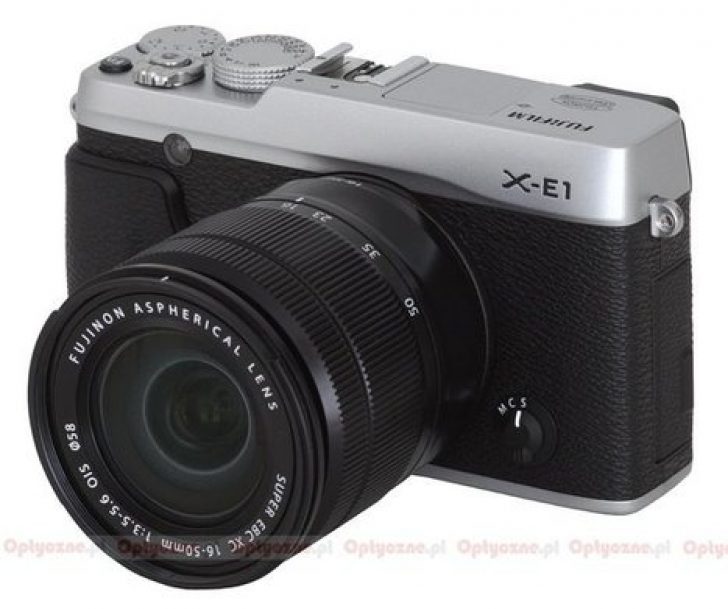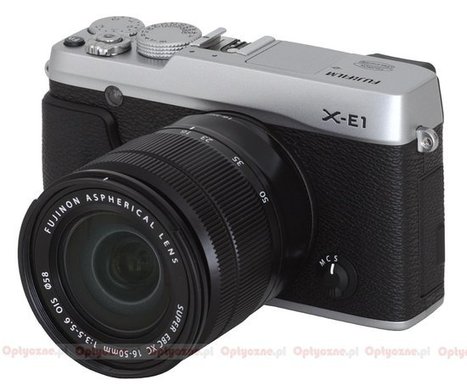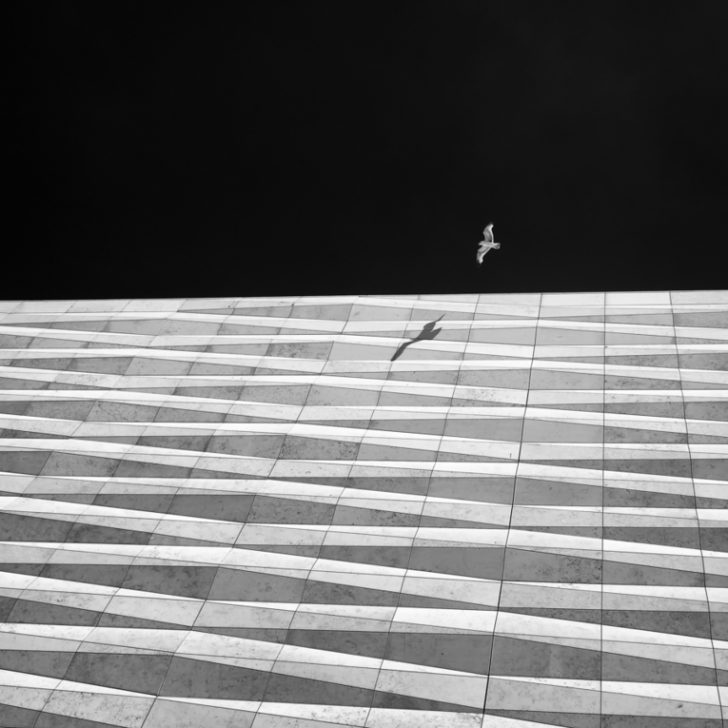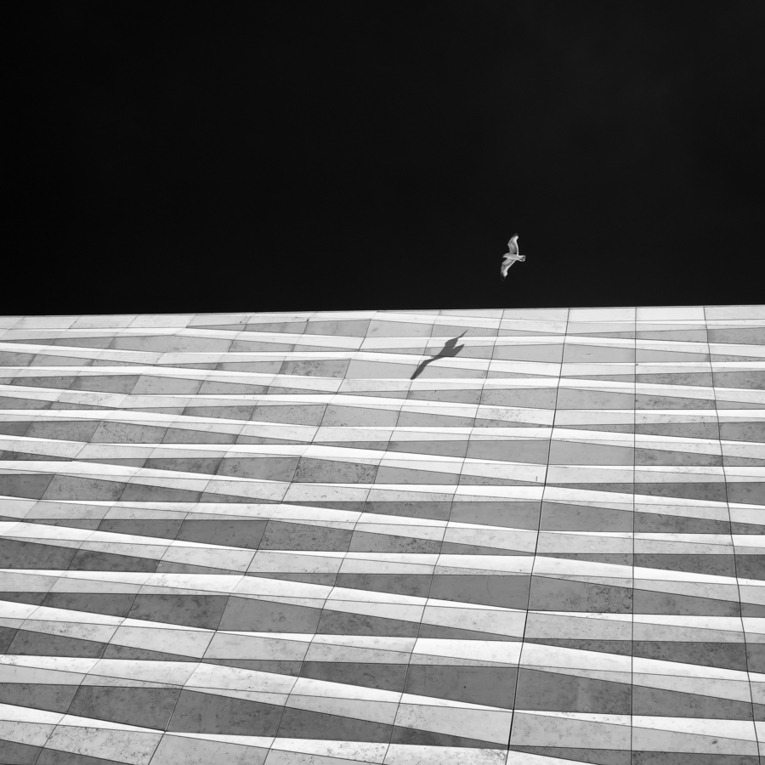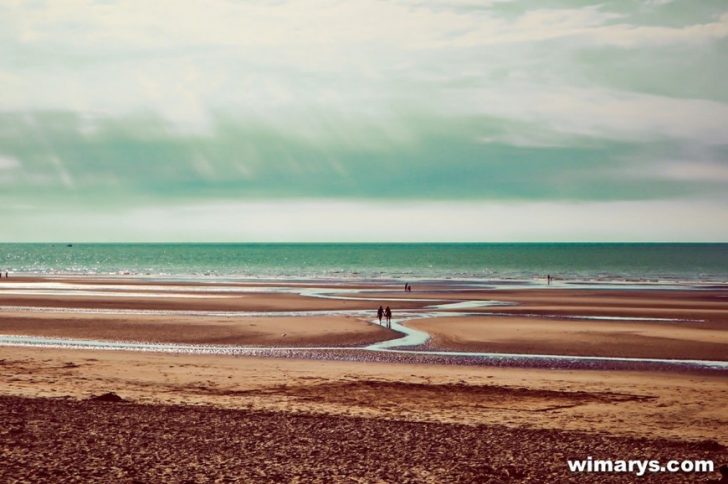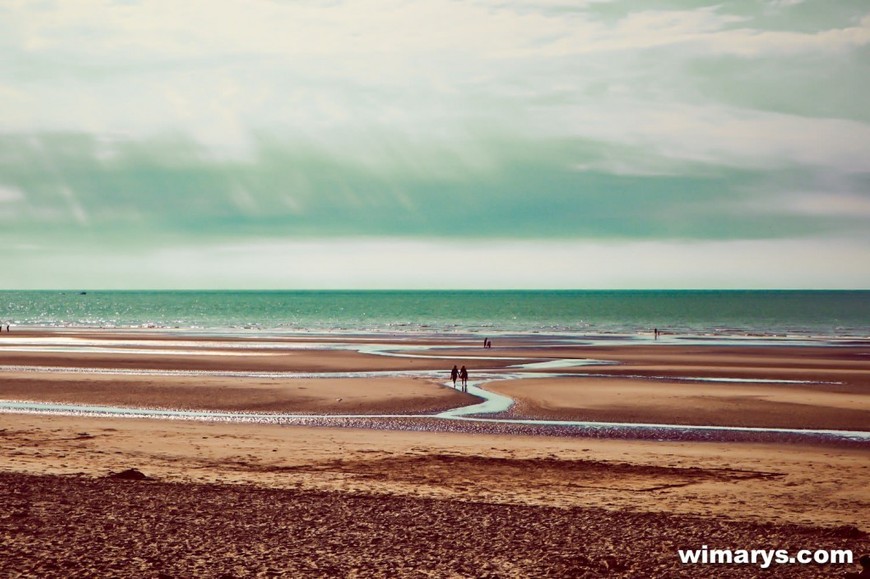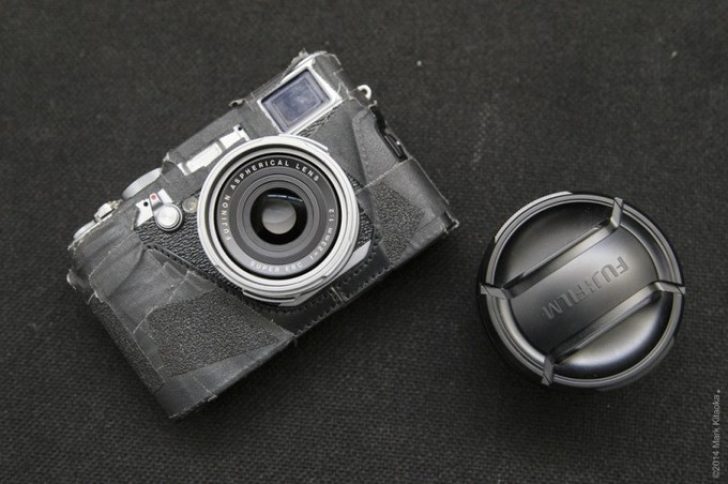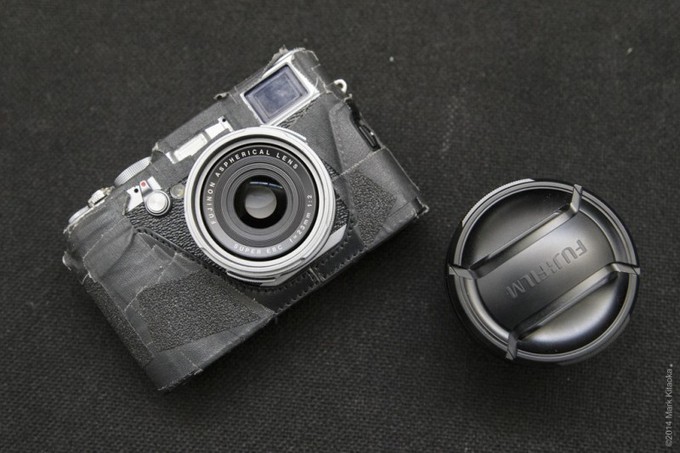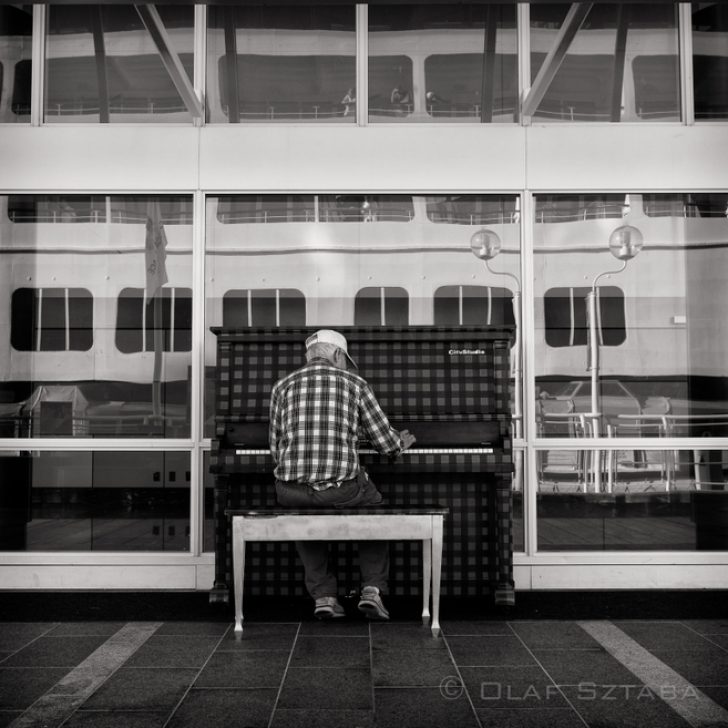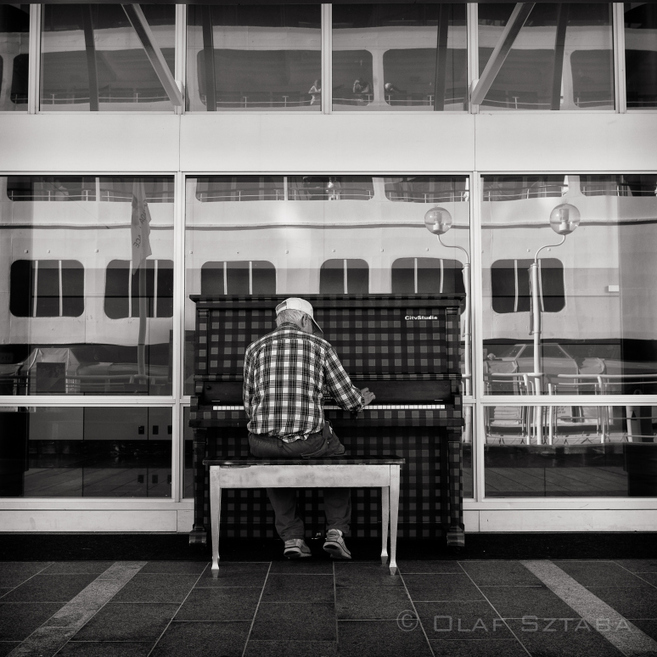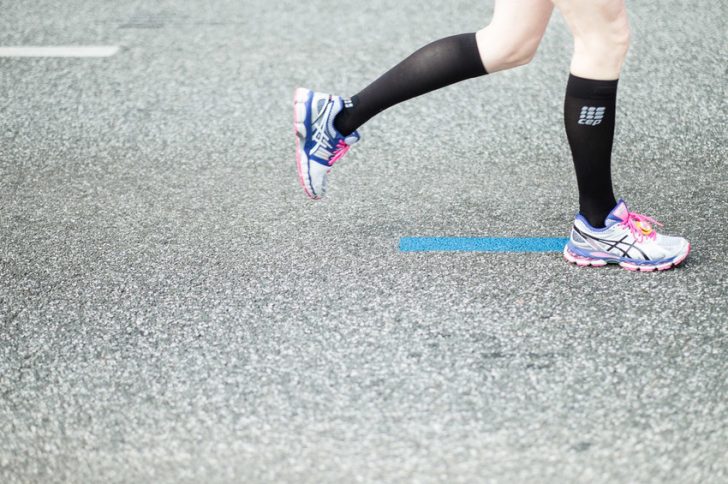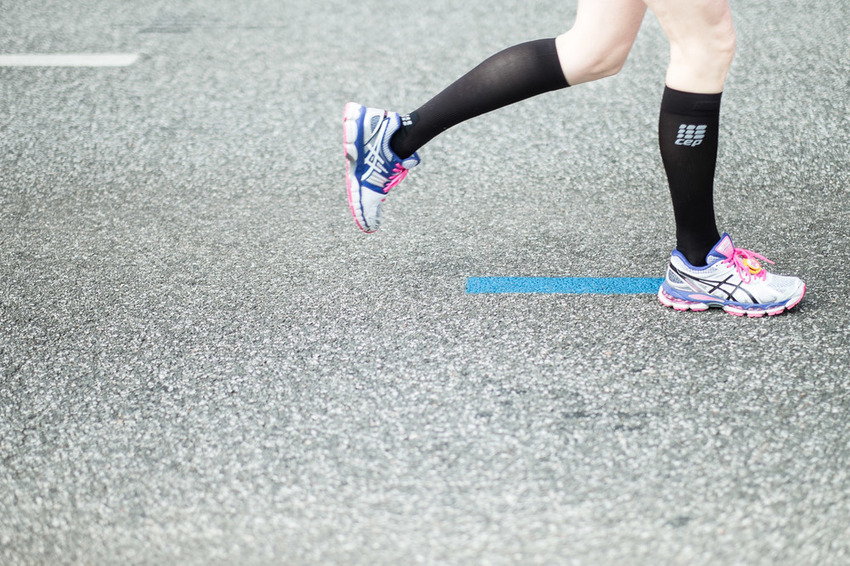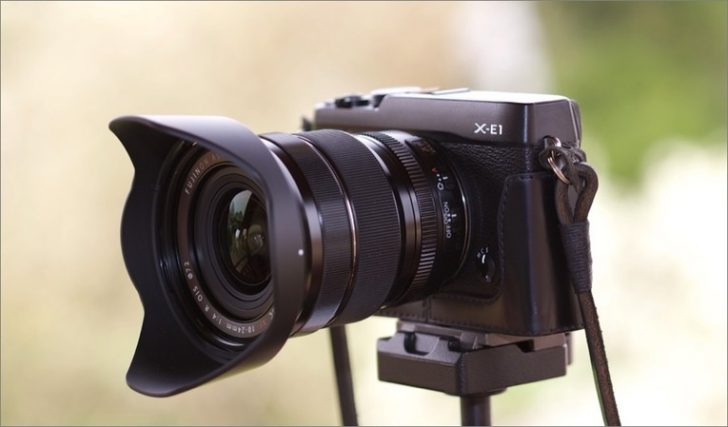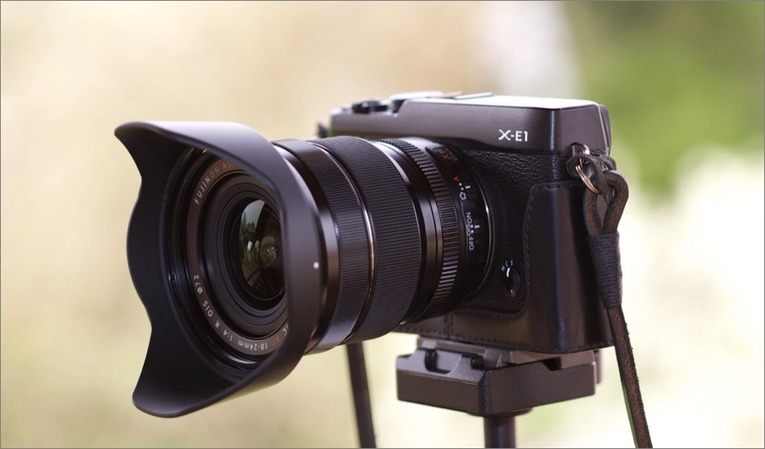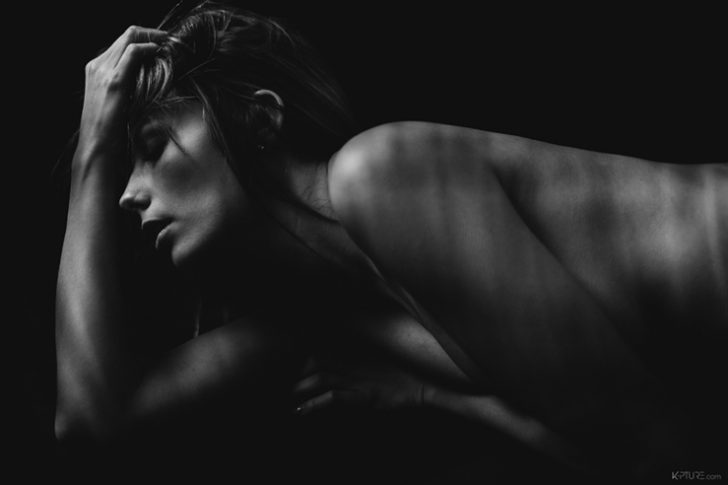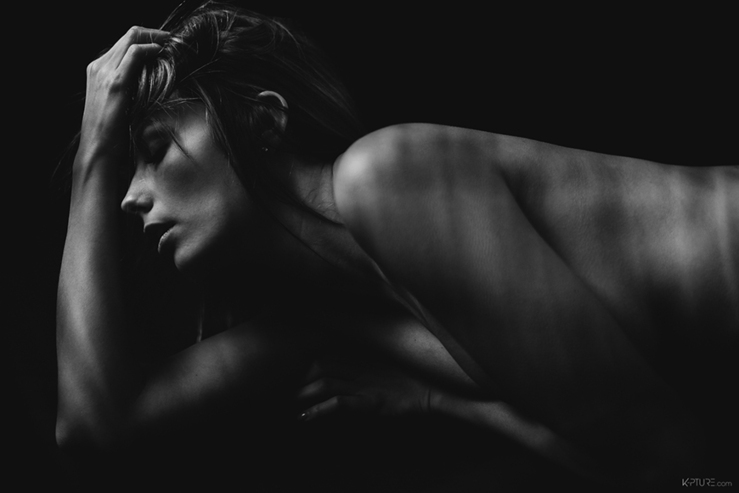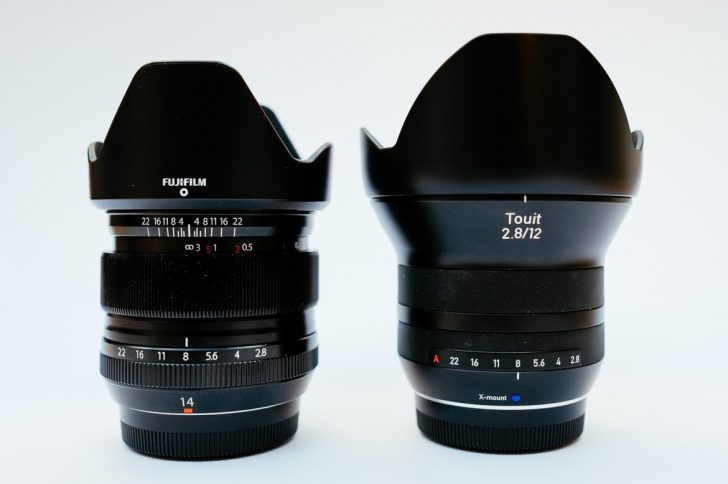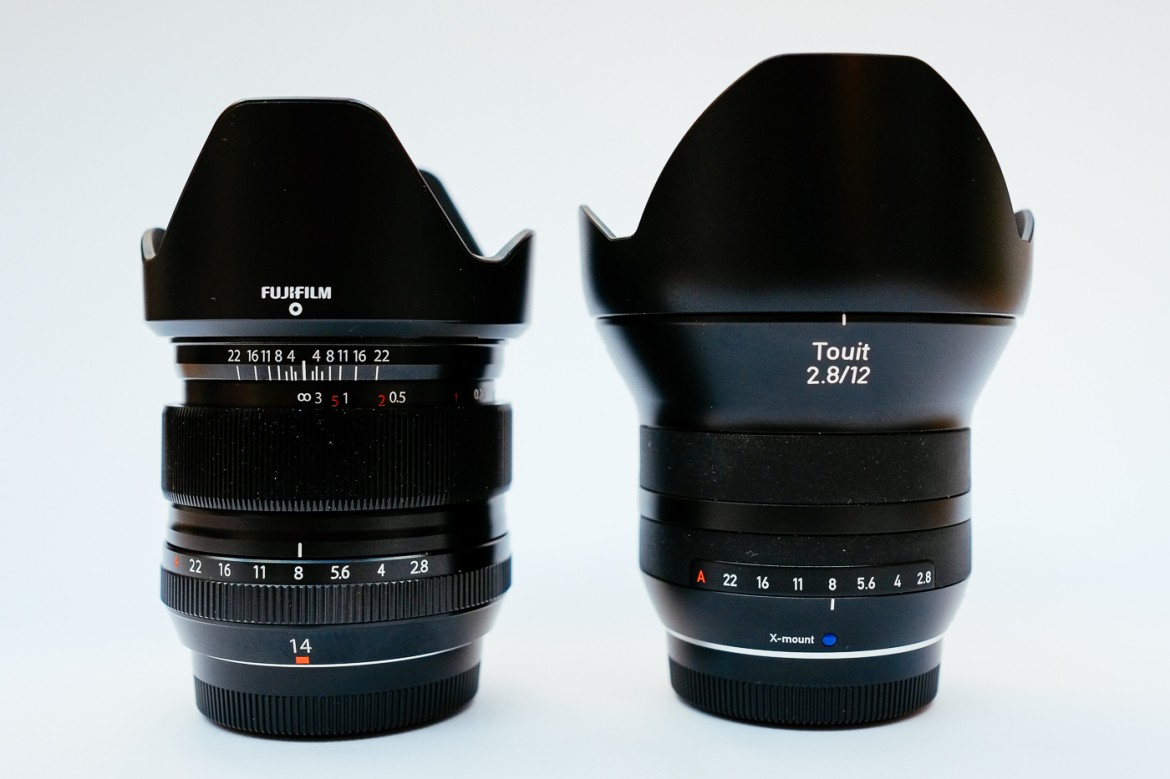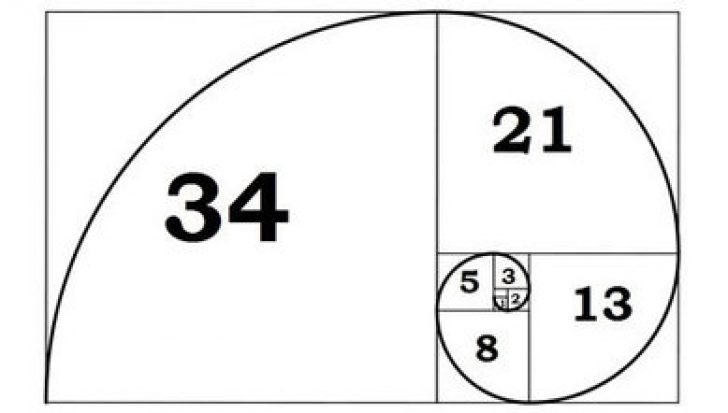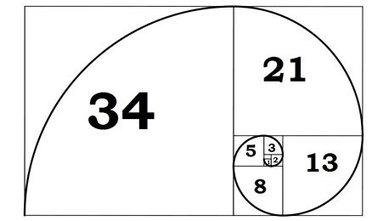Fujifilm Fujinon XC 16-50 mm f/3.5-5.6 OIS review | Lenstip
Pros:
- very good image quality in the frame centre,
- decent image quality on the edge of the frame,
- negligible longitudinal chromatic aberration,
- sensibly corrected coma,
- slight astigmatism,
- fast, silent and accurate autofocus.
Cons:
- high lateral chromatic aberration at 16 mm,
- monstrous distortion at the wide angle in RAW files,
- weak performance against bright light,
- significant vignetting in RAW files,
- plastic casing and mount,
- high price……..
Source: www.lenstip.com
Life with a Fuji X-T1 | Anthony Owen-Jones
Now, I’m not a prolific photographer by any stretch of the imagination. I’m not someone who grew up and was given a camera whilst still teething and has been inseparable from it ever since or feels the need to photograph everything I see (there’s no judgement of others here!). I did however develop a passion for it when I bought my first ‘serious’ camera a few years back. Somewhere along the way, that got lost. Now there are a variety of reasons for this, most not relevant to this post. However one of them was the practicality of photography. If we rewind back a bit, I’ll explain. I took up photography somewhat speculatively, I’d always thought it was something I could get into but I wasn’t certain it’d work out for me but I decided to give it a go. I bought a Canon 600D with kit lens and was pretty much hooked from the get go. The 600D served me well but, like most, I then started to feel like I was out growing it. The build quality was good but could be better, the best Canon lenses worked on it but weren’t designed for it. My first serious camera was no longer serious enough – I needed to upgrade. Here is where the problems started…….
Source: anthonyowenjones.com
Fuji XT1 visits a french coastal town | Wim Arys
The Fuji XT1 is definitely my favourite Fujifilm camera. It has a very descent dynamic range and everything already works excellent right out of the box. The auto-focus system is basic, but works well. I often use the focus-and-recompose technique: with AF set to center spot, I focus on my subject and then reframe the shot whilst keeping the shutter button half-pressed. There is a wide AF function available, but never really seem to use it with this camera. It’s also worth noting that the Fuji XT-1 is fully weather sealed (80 points!). As I travel much, it’s important that I can use my gear in all circumstances. I never have to worry about increased humidity or a drop of rain, it will continue to operate as expected. I often shoot landscapes and have found the color palette excellent and the lenses on par with anything produced by Nikon. Thanks to the excellent color registration of the Fuji XT1 16 megapixel X-Trans CMOS II sensor, there is plenty of information in thee RAW files for you to play around with afterwards. You’ll be able pull lots of shadow detail out too as long as you stay under ISO 1600…….
Source: wimarys.com
Review Fuji TCL X100 Teleconverter | Mark Kitaoka
I own a Fuji X100S and formerly owned their X100. For my commercial work it is a remarkable tool for the right situation. I use the X100S for personal use since it has so many features I enjoy. I normally don’t write reviews until I’ve had whatever I’m reviewing for a few months, but in this case I’m making an exception. I ordered and purchased my TCL-100 off Amazon through a third party retailer at the street price of 349.00. I had seen retailers from Japan selling the unit prior to its release, but was not willing to pay what they were asking. Although my X100S is silver I really didn’t care that the lens for sale was black. I’ve purposely made my little Fuji look crummy with gaff and grip tape. My clients laugh whenever I bring it out on a commercial shoot. They call it “Mark’s little beat up instamatic,” but after seeing the results never complain about its use for their work………
Source: www.markkitaoka.com
Voyage, Voyage with the X100S | Olaf Sztaba
One of my favourite visual exercises is to venture out with the Fuji X100S. I usually do it on the weekends and in the early morning and it’s not only for the good light. You would be surprised how public spaces change when deserted. The lack of crowds and noise allows you to concentrate on the art of seeing, at least for me. Why the Fuji X100S? We have written extensively about this gem of a camera and why, in our view, it is still the best digital camera on the market. The greatest appeal lies in its size, simplicity and fixed lens. I walk around looking innocent and people don’t even notice when I take photographs. Many view me as a non-threatening tourist with his little point-and-shoot. The fixed lens, dedicated knobs and lack of camera bags let me focus on theme, light and composition! You may say that it is not a good idea to limit yourself but the longer I’ve been taking photographs, the more I think that constraint is one of the most important pillars of photography……
Source: olafphotoblog.com
42.195 km | Marco Larousse
You know that the big day gets closer when the blue lines appear on the streets of Hamburg in the spring. 42.195 km of asphalt that belong to cars 364 days of the year. But not on that one Sunday of the year! More than ten thousand runners have started to practice and get in shape for month. But on the day that the blue lines appear everyone gets that tingling feeling in their stomach. Anticipation, excitement and plain old fear…
Source: www.origamicollective.com
New member of Origami Collective: Fuji X-Photographer Marco Larousse
10-24mm | Martin Doppelbauer
Fujifilm is following its plan to expand the XF camera system with high-quality lenses. Recently, the wide-angle zoom XF 10-24 mm was added. This lens will please especially landscape and architectural photographers. The widest aperture (f/4) is constant along the zoom range and adequate for typical applications of a wide-angle lens. The smallest aperture (f/22) will provide great depth-of-field without showing too much diffraction softness. The zoom ring has no marking for 16 mm (24 mm full-frame equivalent) but carries one for 20 mm (30 mm ffe), which is a little odd. Built quality is good and the lens feels solid. All rings operate smoothly without shaking. However, except for some parts (like the camera flange) this lens is mostly not made of metal. The provided lens hood is also plastic but feels sturdy and is nicely shaped. The front element and the filter thread do not rotate when zooming or focusing, which is important for a wide-angle lens that is often used together with a polarizer filter. Zooming and focusing are both performed mostly internally and so the lens never changes its size or shape (you can see some movement of the front element when zooming but the filter thread remains fixed).……..
Source: www.martin-doppelbauer.de
Fujifilm X-T1 review | ShotKit
I didn’t fall into the Fujifilm X camera system right away. It took time and several cameras to persuade me. First, the Fujifilm X100 caught my attention. The (very) slow AutoFocus was a pity but that little gorgeous looking camera had great features and a huge potential. Then came the Fujifilm X-Pro1. Killer look, interchangeable lenses, bigger and better AF (still pretty slow at that time) but Fuji was on the right tracks. This was two years ago. Next, I had to try the Fujifilm X100s. Far better than the X100. The AF was so much better/faster. Same look, different camera. January 2014, I bought the Fujifilm X-E2. It was small, cool looking, it only had an EVF (Electronic ViewFinder), and it had faster AF. I started with personal work such as the “Lazy afternoon” series. I was so surprised by its performance that I’ve decided to take it on professional jobs. It performed like a champ every time. I was hooked!…….
Source: shotkit.com
Wie finde ich eigentlich…..das Carl Zeiss Touit 12mm? | Mehrdad Abedi
Für diejenigen unter Euch, die das erste Mal auf meinem Blog gelandet sind: Ihr werdet hier keine großartig reproduzierbaren Aufbauten mit mtf Charts, Verzeichnungen und Verkrümmungstests etc. zu sehen/lesen bekommen, sondern nur (m)eine persönliche Meinung eines Fotografen, der seine Objektive benutzt und sich auf sie verlassen will/muss. Für die technischen Details gibt es viele andere gute Seiten. Auch gleich zu Anfang will ich vorausschicken, dass ich das Carl Zeiss Touit 12mm f2.8 wie auch die anderen beiden Touits von Zeiss Deutschland netterweise zu Testzwecken zur Verfügung gestellt bekommen habe. Das heisst, es wandert am Ende auch wieder zurück zu Zeiss Deutschland. An dieser Stelle hatte ich schon meinen Dank an Zeiss Deutschland bekundet. Es fließt also weder in die eine noch in die andere Richtung Geld. Das Touit 12mm ist ja in Bezug auf die Brennweite recht nah an dem Fujinon xf14mm f2.8 dran. Und auch wenn ich hier im Grunde keinen direkten Vergleich dieser beiden Objektive suche, so werde ich immer wieder das Fujinon vergleichsweise heranbemühen und es am Ende natürlich auch in meine persönliche Bewertung mit einfließen lassen. Aber jetzt erst einmal der Reihe nach………
Source: www.qimago.de
4 x 3, 3 x 2, 16 x 9, 1 x 1… What’s the Ideal Image Aspect Ratio? |
Theme
There is no ideal image aspect ratio. Depending on the situation, each and every crop ratio has its own pros and cons. Personally I prefer the more landscapy 3 x 2 format, digital imaging’s equivalent to film’s classic 35mm proportions. To some it seems unnatural. Also, the more squarish 4 x 3 offers better corner performance. With all the aspect choices digital cameras offer, which one to go for? If you’re one of the few human beings left who prints photos, most labs will print uncropped if you ask them to. If you don’t specify they will usually fill the paper size or chop off the borders, notwithstanding the possibility that a group portrait of your Micro Four Thirds camera just lost auntie Ann and uncle Joe. Aspect ratios matter………
Source: www.the.me

